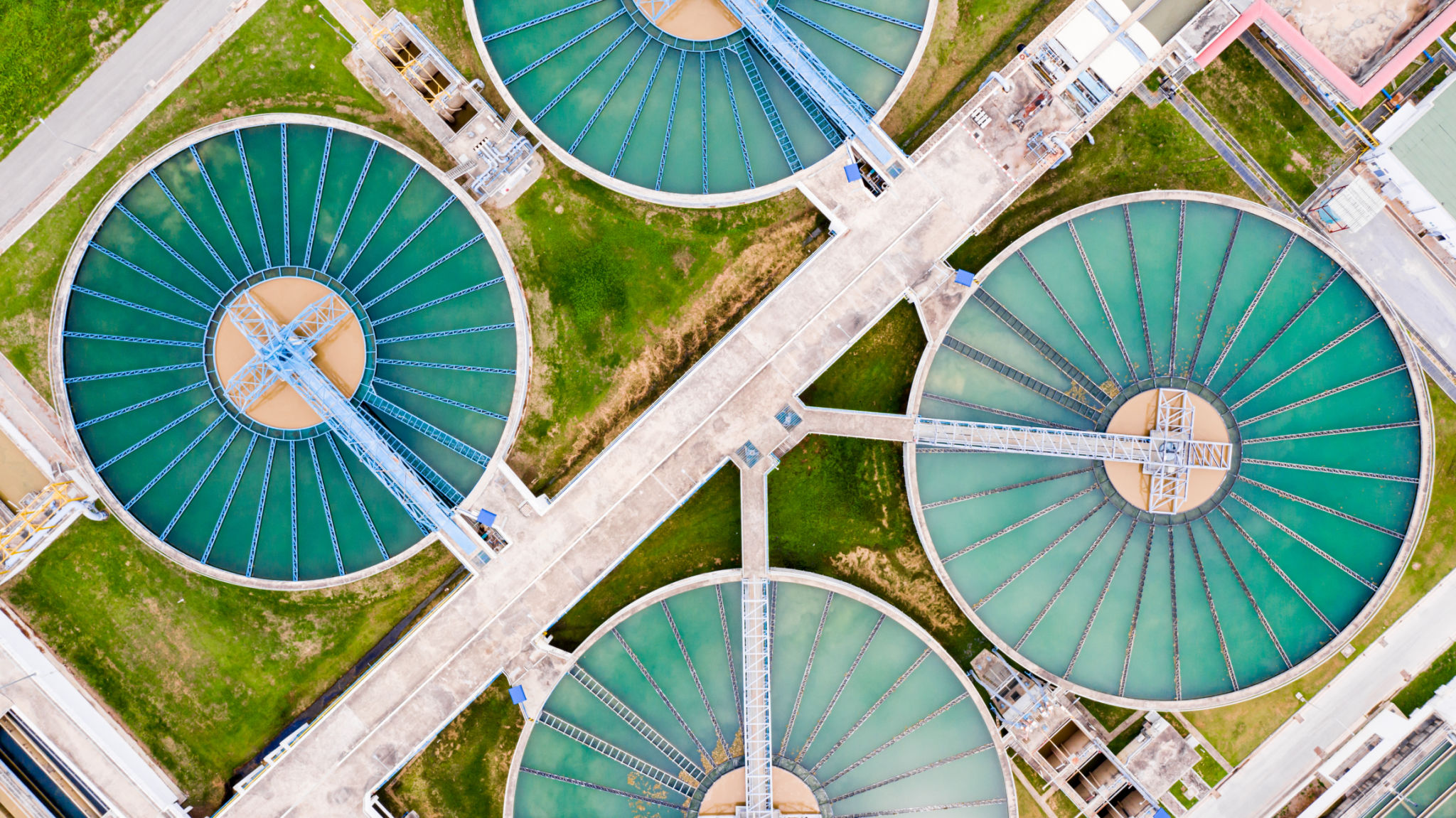Case Study: Successful Implementation of Floating Covers in Delaware's Infrastructure Projects
Introduction to Floating Covers
In recent years, floating covers have become a game-changer in water management systems, offering a sustainable and efficient solution for various infrastructure projects. Delaware has been at the forefront of implementing these innovative covers in its water reservoirs and treatment facilities, resulting in numerous environmental and economic benefits.

What Are Floating Covers?
Floating covers are specialized membrane systems that float on the surface of water bodies such as reservoirs, ponds, and treatment basins. They serve multiple purposes, including reducing evaporation, controlling odors, and preventing contamination. Made from durable materials like reinforced polyethylene or polypropylene, these covers are designed to withstand harsh weather conditions while providing a protective barrier.
The Need for Floating Covers in Delaware
Delaware's infrastructure projects have increasingly faced challenges related to water conservation, pollution control, and regulatory compliance. As a state with diverse water needs, finding effective and sustainable solutions was paramount. Floating covers emerged as a practical solution, helping to address these issues by optimizing water quality and reducing resource wastage.

Case Study: Implementation Process
The implementation of floating covers in Delaware was strategically planned and executed. The process involved several key stages:
- Assessment: Identifying suitable sites and analyzing existing water management practices.
- Design: Customizing cover designs to meet specific site requirements and environmental considerations.
- Installation: Deploying the covers with minimal disruption to ongoing operations.
- Monitoring: Continuously assessing cover performance and making necessary adjustments.
Benefits Realized
The successful implementation of floating covers in Delaware has yielded significant benefits. These include:
- Reduced Evaporation: Decreasing water loss by up to 90% during hot summer months.
- Improved Water Quality: Minimizing contamination from dirt, debris, and wildlife.
- Cost Savings: Lowering operational costs associated with water treatment and replenishment.

Environmental Impact
Beyond the practical benefits, floating covers have also contributed positively to the environment. By preserving water resources and reducing the need for chemical treatments, these systems have helped lower the carbon footprint of Delaware's infrastructure projects. Moreover, they have aided in compliance with environmental regulations by preventing pollutants from entering natural water bodies.
Challenges and Solutions
While the adoption of floating covers has been largely successful, it has not been without challenges. Issues such as initial costs and the need for specialized maintenance were addressed through strategic planning and investment in training programs for local staff. This proactive approach ensured that the benefits outweighed any potential drawbacks.
Future Prospects
The success story in Delaware serves as an example for other regions considering similar initiatives. As technology advances, floating covers are expected to become even more efficient and cost-effective, making them a viable option for widespread adoption across various sectors. The positive outcomes in Delaware provide a strong case for continued investment in this innovative solution.
In conclusion, the implementation of floating covers in Delaware's infrastructure projects has proven to be a resounding success. By prioritizing sustainability and efficiency, the state has set a benchmark in water management that others can aspire to achieve.
